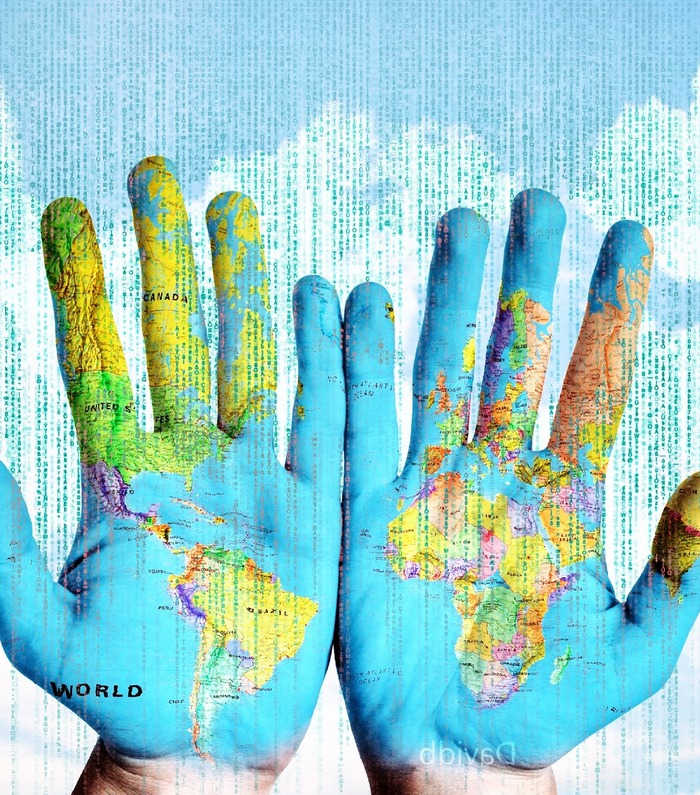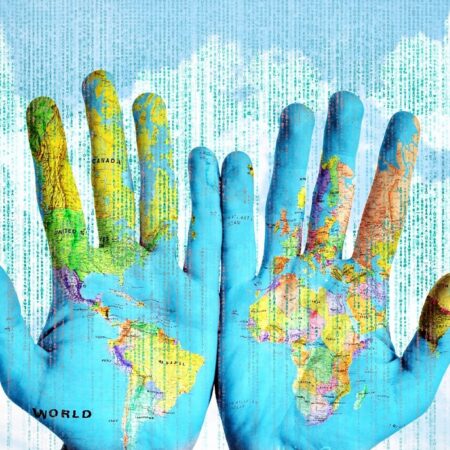How cloud technologies are changing the world

Predicting the future is a thankless task: they say that only Nostradamus and one blind Bulgarian old woman succeeded in this. At the same time, some trends in the development of IT technologies clearly hint to us that in the near future the computing power and capabilities of devices will grow, and these devices themselves will become simpler and cheaper. How is this possible? The answer is simple: clouds.
Cloud software
When in October 2006 Google announced the launch of the Google Docs service, and five years later Microsoft pulled up to them with its Office 365 subscription, I personally took the appearance of these new products with some skepticism. On the one hand, such a SAAS model allows you to get rid of the need to install software on your computer, thereby saving disk space. And the software itself can be used on any, even a rather weak machine, with any architecture and operating system – only a browser is required to work with Google Docs. On the other hand, the device must have a stable Internet connection, and at a decent speed, which was the main reason for my doubts. It’s not Singapore here, after all, and if everything is more or less in order with access to the network in both capitals, then it’s worth driving a hundred kilometers away from the ring road … In general, you get the idea.
However, over the past decade, a broad step of technical progress has reached very remote corners of our vast country. Even in the village where my family and I spend the summer, and where a couple of years ago it was possible to check mail only by climbing the highest birch with a mobile phone, now the 3G signal is quite confidently received. On trips abroad, life also began to slowly improve: free wi-fi for guests can now be found even in the lousy three stars, even if only at the reception, but nevertheless. And the services themselves are actively developing: the same Google Sheets learned how to work with formulas a long time ago, and, although they are still inferior in their capabilities to Excel, they will probably catch up soon – the developer has enough funds for this. Most likely, they will even get ahead. In addition, it is the “cloudiness” of Tables that allows them to be used as a database for an online store, a backend for web applications, and even for phishing purposes.
Newest
About
Man is what he consumes. This statement in the modern world now applies not only to food. Man is alive thanks not only to his daily bread. Every day we consume gigabytes of information, in one day we process it as much as in the Middle Ages people did not receive in their entire life. We just woke up and immediately check e-mail notifications, while we have breakfast, scroll through the feed on VKontakte or any other social network, in our free time we watch videos on YouTube, etc. etc. By these actions, we not only consume, but also create information. Each of our steps on the Internet, any of our clicks, all movements from site to site are recorded and recorded. This is called the user’s social data. It is they who make up our virtual personality. And this personality of ours has its own price, for which they are willing to pay big money.



